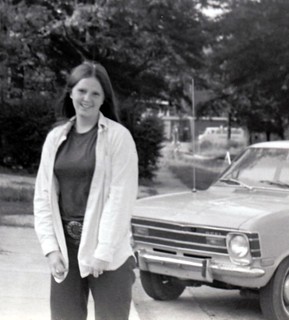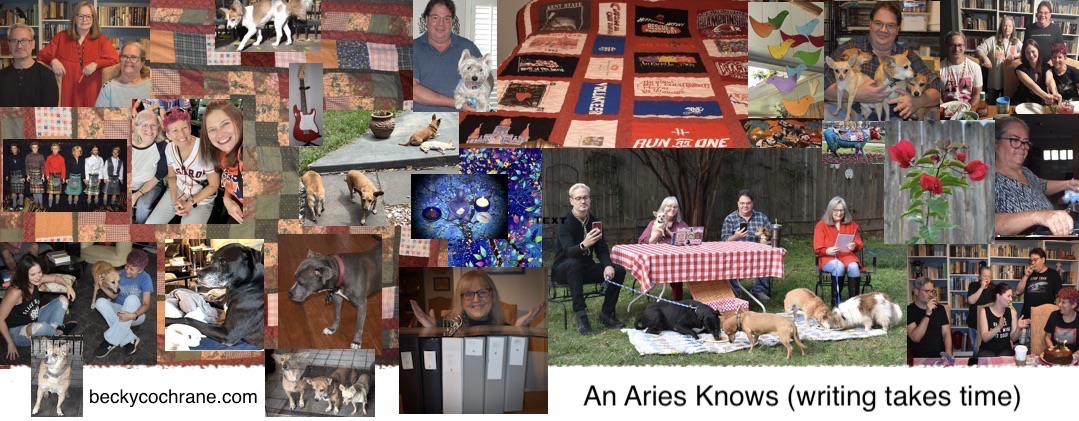 One time my mother said, “When you look at me, you see an old woman. But all of us have a person inside of us–maybe not all the same age–but a person of some age, that we remain, no matter how old we get or where life takes us.” I heard and believed her, but it wasn’t until much later that I truly understood her words. I shared this photo a couple of years ago because even if that girl didn’t know exactly who she was yet, looking back, I know exactly who she was, because she’s still here inside me, the girl of that age and time.
One time my mother said, “When you look at me, you see an old woman. But all of us have a person inside of us–maybe not all the same age–but a person of some age, that we remain, no matter how old we get or where life takes us.” I heard and believed her, but it wasn’t until much later that I truly understood her words. I shared this photo a couple of years ago because even if that girl didn’t know exactly who she was yet, looking back, I know exactly who she was, because she’s still here inside me, the girl of that age and time.
I know one reason I take so many photos now, and annoy the crap out of people doing it, is because I wish I had photos of people and places in my life that time has stolen from my memories. Maybe we don’t need that much memory; I don’t know. The photos I do have, I cherish. That’s why Craig Cotter’s short story “Rochester Summers” stirred so many emotions in me when I read it.
It begins, I have only one photograph of Alex left: he’s standing behind the cash register of Sunflower Pool… I’m in the chemical section. I can see Alex from the side. He’s wearing jeans, a T-shirt and a light spring coat. He stretches out over the counter and half his forearms show from the sleeves of the jacket—he has grown out of it. Dirty blond hair covers his ears.
During the three summers he and Alex work together during high school, their story is tantalizing both in the details the narrator shares and for the ones he leaves us to wonder about. This is one of my favorite passages, because I know that no matter how old the narrator is when he’s telling the story, where he’s been or what he’s done since those summers, this is the boy inside him still.
The summer after I graduated from high school, Alex’s aunt, who he called Tante Martha, gave him her car, a 1967 Rambler: four-door, powder blue. He decided to learn how to paint a car: got a book, sanded the body down, filled in the dents, and got a car paint sprayer. This took many hours over the summer.
I borrowed my dad’s Nikon, a thirty-five millimeter, and took twelve rolls of black-and-white photographs of Alex as he worked on the Rambler. He never minded getting his picture taken. He never smiled for the camera—though sometimes he looked directly in it—or into my eyes at the viewfinder. I got him from all angles, shirt on and off.
Twelve rolls of film? I remember going back to the beginning of the story–he did say one photograph! I had to know where all those other pictures went. You can find out, too, in Foolish Hearts: New Gay Fiction, available now from booksellers everywhere in trade paper and ebook format.
Excerpt reprinted with permission from Cleis Press. All rights reserved.

Lovely photo – and lovely girl!
I think that’s probably one of the hardest things about getting older – reconciling the person inside with the person one sees in the mirror.
Thanks. And right?!? My mother said she would look in the mirror and say, Who IS this person?